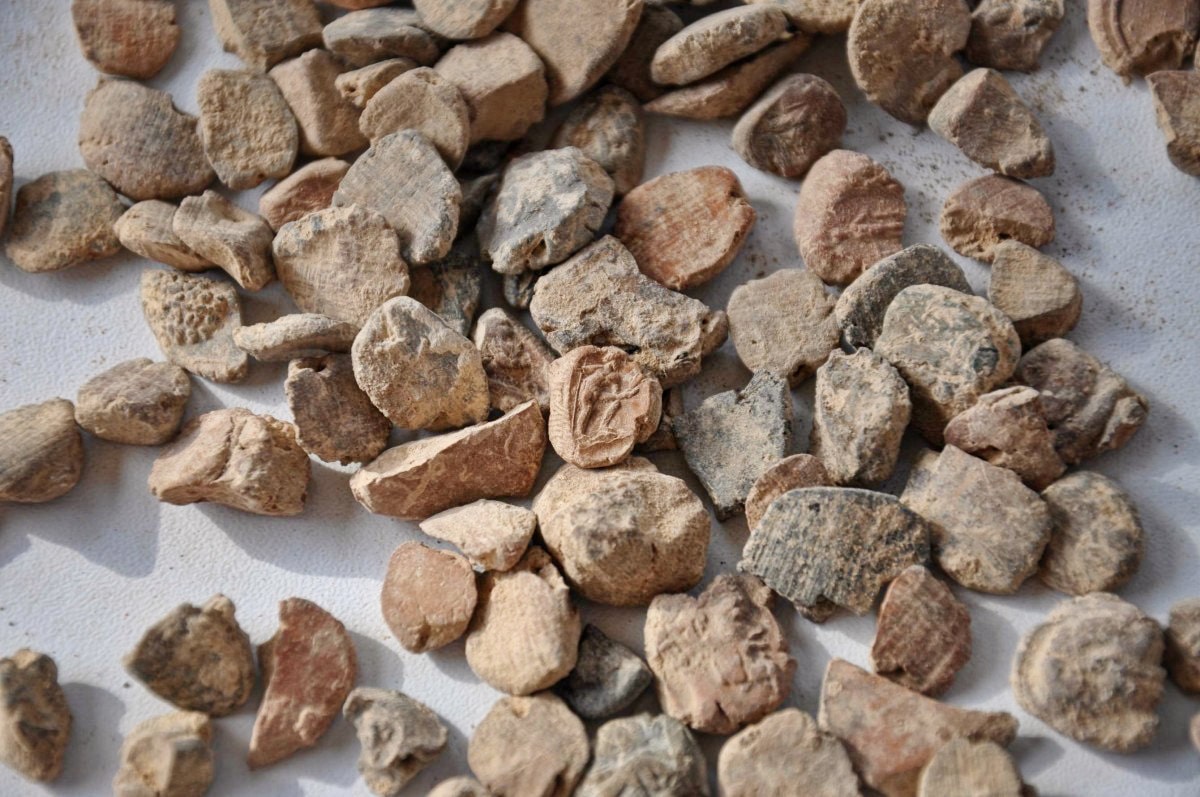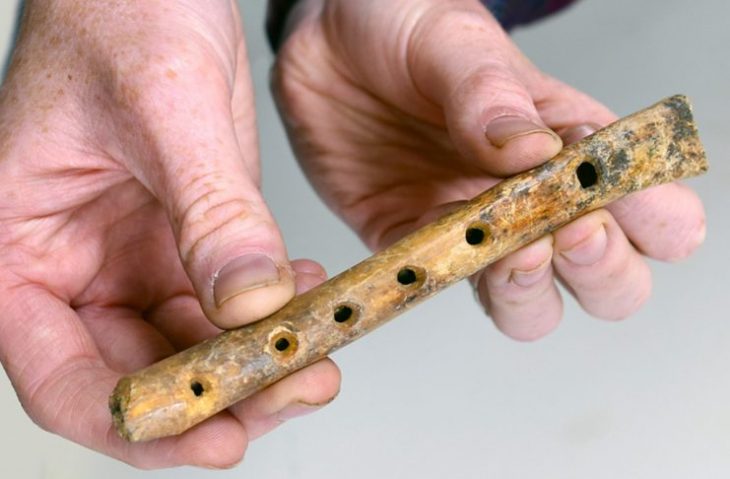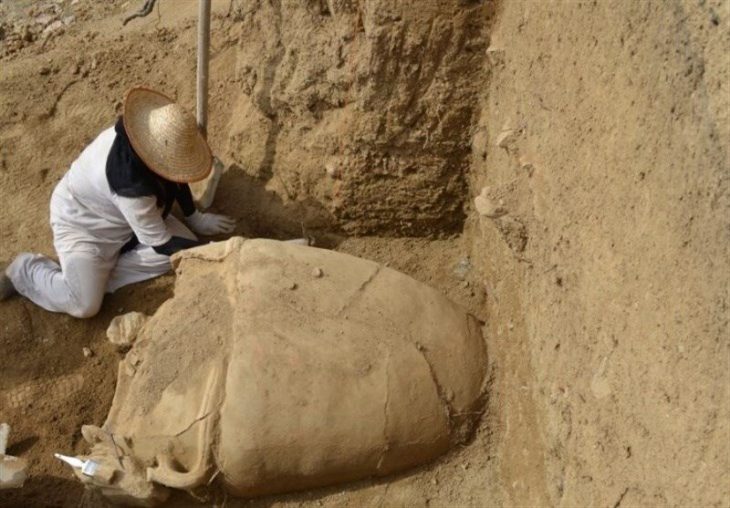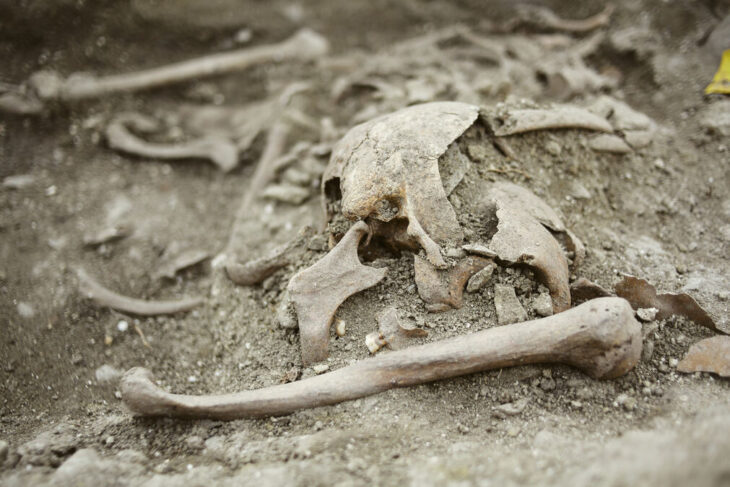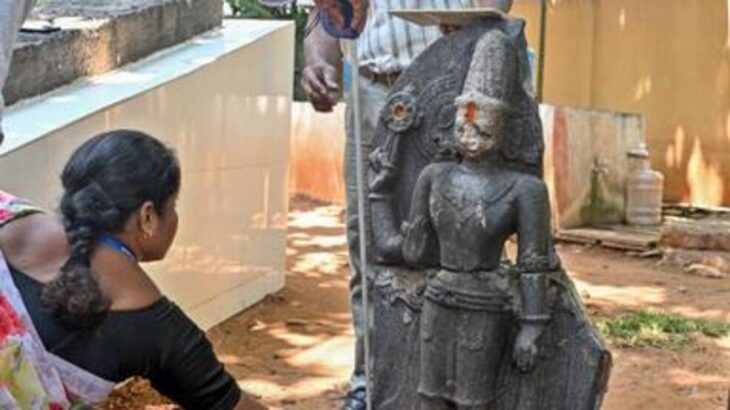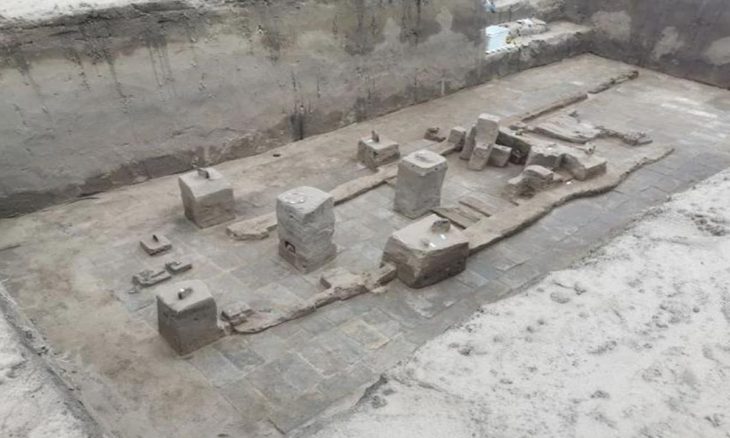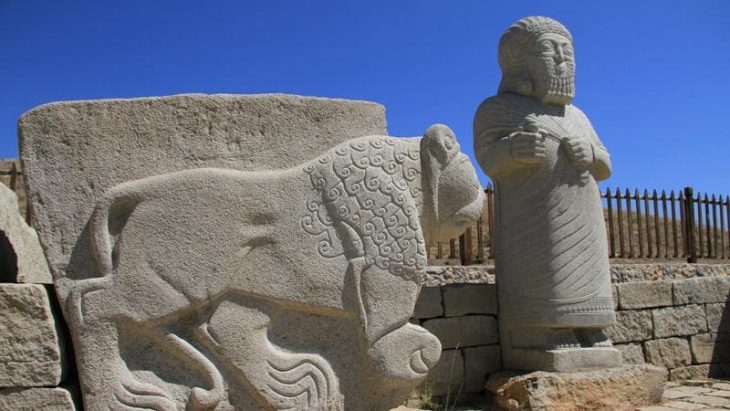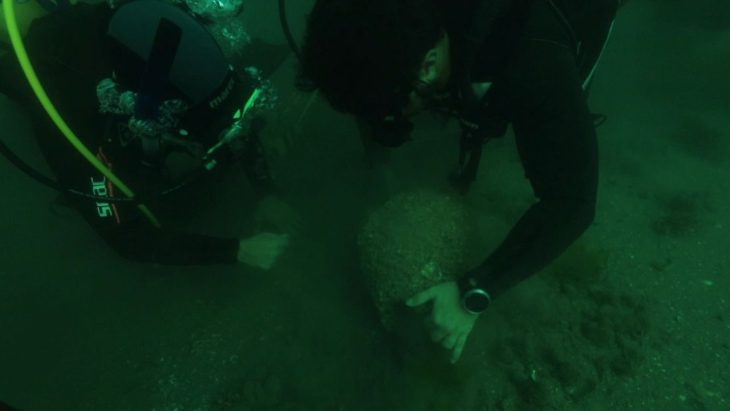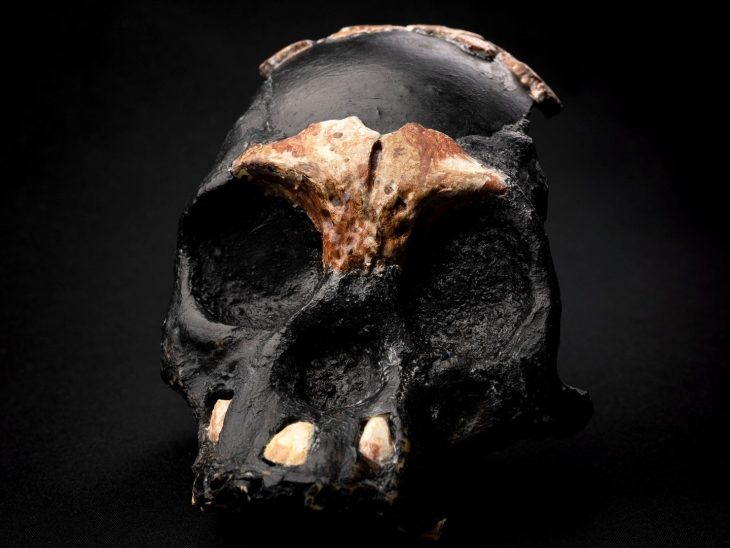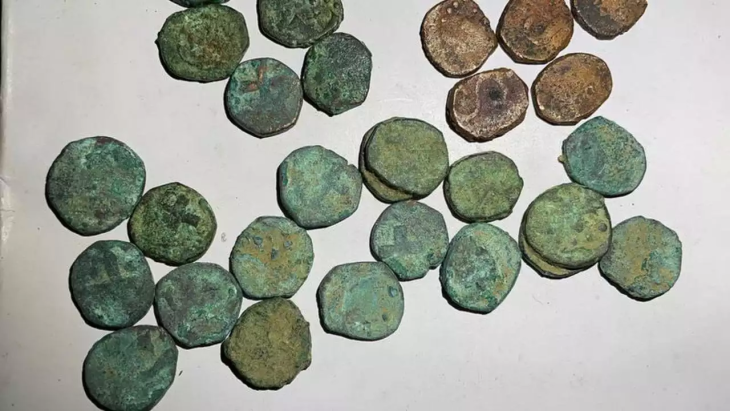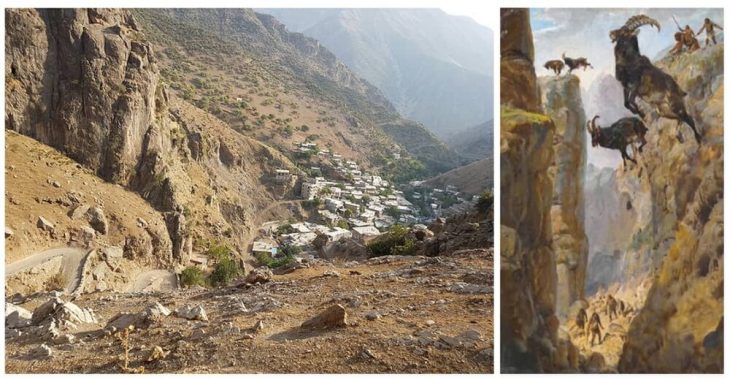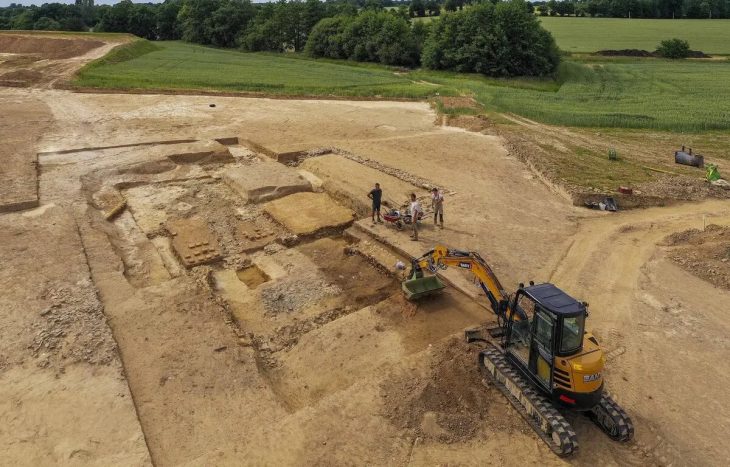Archaeologists from the Asia Minor Research Center at the University of Münster have uncovered the municipal archive in the ancient city of Doliche in southeastern Türkiye and recovered more than 2,000 seal impressions used to seal documents.
Doliche was a major city of Roman and Byzantine North Syria, located in Turkey (near Gaziantep, Southeast Anatolia), approximately 50 km north of the Turkish-Syrian Border.
Doliche is a significant religious center associated with three different beliefs: Teşup in the Hittite Imperial Period, Mithraism, and Jupiter Dolikhenos in the Hellenistic and Roman periods. The city’s remains reflect its history as an ancient Roman city that was established as a sacred site for Jupiter Dolikhenos.
The team, led by Prof. Dr. Michael Blömer and Prof. Dr. Engelbert Winter from the University of Münster, has made a significant find. While each city had archives for storing contracts, until now, only a few Roman Empire archive buildings had been identified. Well-preserved seal impressions and their motifs also provide insights into ancient administrative practices.
The seal impressions are made of stamped clay pieces ranging in size from approximately five millimeters to two centimeters. They were used to seal papyrus and parchment documents.
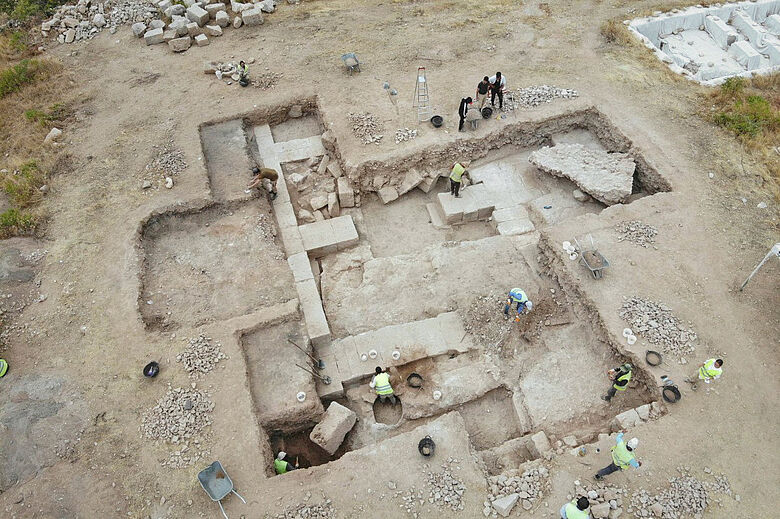
The images on the city’s official seals have a direct connection to it. They usually depict their most important gods, such as Jupiter Dolichenus, the city’s main deity, explains Michael Blömer.
The gods on the seals offer a glimpse into the religious environment of the people. Mythical figures or rare private portraits indicate a strong Greco-Roman influence, explains the Blömer.
Only the lower layers of the foundations remain of the archive building, which is made of solid limestone blocks, adds Engelbert Winter. “However, they reveal a sequence of rooms that come together to form an elongated building complex,” he describes.
However, the exact size cannot yet be measured. So far, the building has been proven to be eight meters wide and 25 meters long. The width of the walls also shows that it was multi-story.
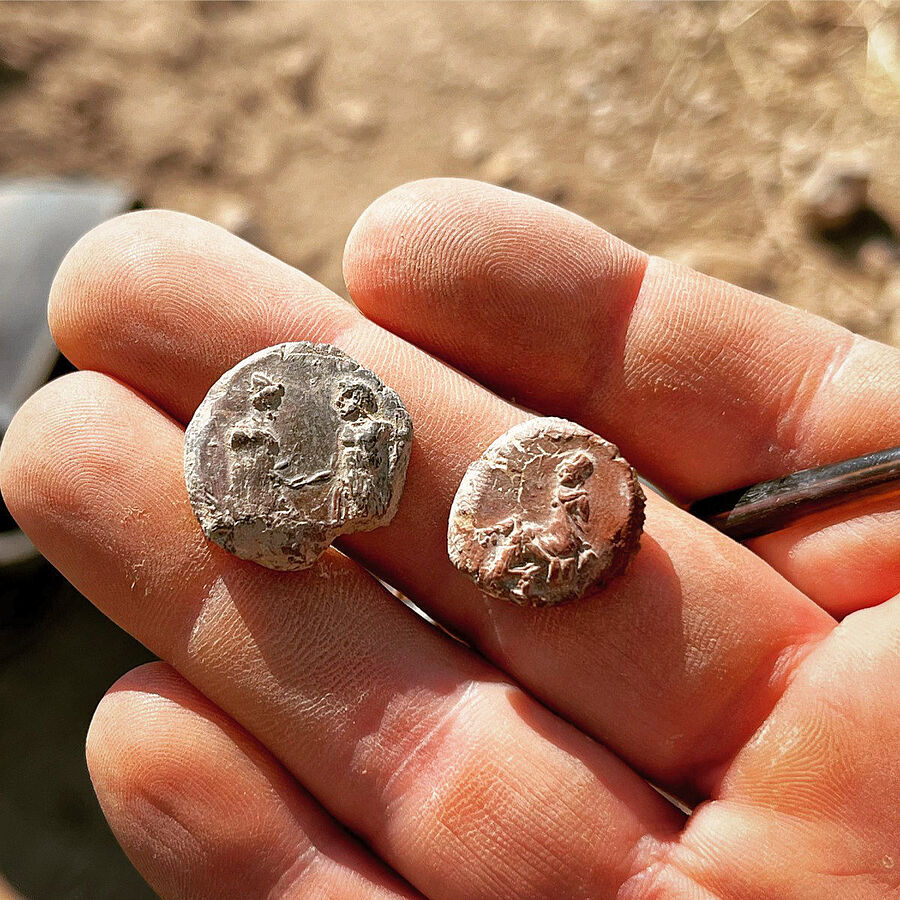
The archive’s documents were destroyed in a massive fire. As a result of a war between the Roman Empire and Persia, the Persian Great King Shapur I destroyed numerous cities in the Roman province of Syria, including Doliche, in 253 A.D.
After the fire, the city center, which included a bath complex and a monumental temple, was not rebuilt. This is a boon for archaeology because it means that the state of the era has been preserved until 253 A.D., according to the researchers.
Cover Photo: Seal impressions from the Doliche archive. Photo: Asia Minor Research Center, Universität Münster

